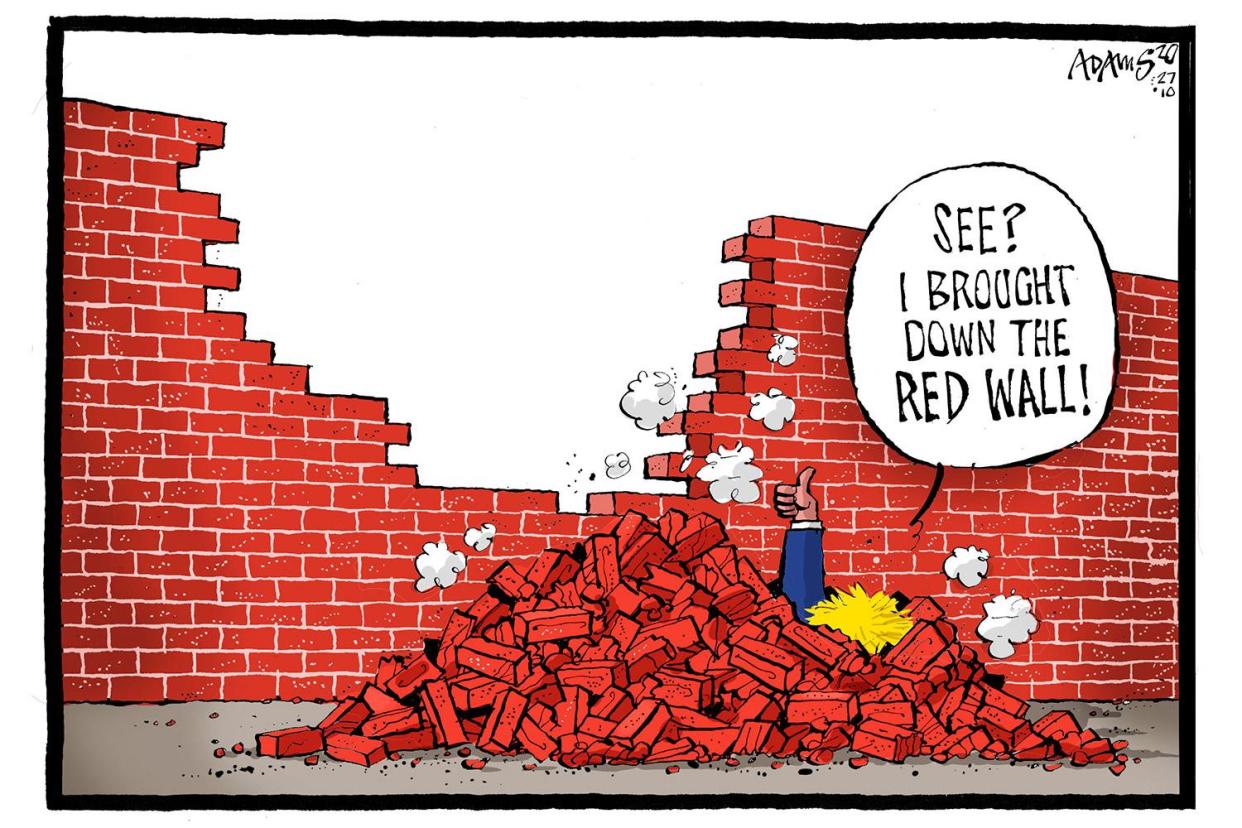Evening Standard comment: Government must set out its exit strategy | Wanted: a recovery plan

“You can check out anytime you like but you can never leave,” is the chilling denouement to Eagles’ 1977 hit, Hotel California. If only the band had come up with an exit strategy.
By the end of this week, eight million people in England are expected to live in areas under Tier 3 or “very high” restrictions.
Meanwhile, London’s nine million people are living under Tier 2, with the spectre of further restrictions on the way. So on the day that more than 50 Conservative MPs have written to the Prime Minster demanding a “clear road map” for the North of England, Londoners understandably have questions of their own.
What is the exit strategy? What are the metrics the Government is using to determine what tier local areas should be in? And why are these not being shared clearly with the public?
The Government says that the surest route out of local restrictions is to get the R number — the rate at which the virus is spreading — below 1. But it remains unclear how it intends to achieve this.
Autumn was supposed to be different to the spring thanks to test and trace.
Yet far from being “world-leading”, our test and trace operation is weak and getting worse. The latest figures show it achieved its worst weekly figure since the scheme commenced, reaching fewer than 60 per cent of close contacts of those who tested positive for Covid-19, well below the 80 per cent considered necessary to be effective.
At the same time, chief medical officer Chris Whitty has acknowledged that Tier 3 restrictions “will not be sufficient” to slow the virus.
The Government must show its workings for when and how areas can exit the strictest tiers, not least because without a clear strategy, it will be harder to maintain public adherence to the rules. And if it believes that London is destined to join many northern cities in the highest category, it should be upfront about it.
Otherwise, ministers run the risk of giving the impression that they are making it up as they go along. That they have no expectation that London will go back to Tier 1 and instead are relying on an as yet unproven vaccine that may be many months away.
Wanted: a recovery plan
It can be a challenge to look long-term in a Covid world. Getting through the day is often an achievement in itself. But for London Mayor Sadiq Khan, it is proving especially difficult.
Paul Scully, minister for London, has attacked the Mayor for failing to provide a post-Covid recovery plan and has called for a “90-day plan” to get Londoners back to their offices once infection rates fall.
Scully is right to call for such a plan. It is the Mayor’s absolute duty to be a champion for the city, its people and its economic power, as well as to inspire confidence. Exercise caution, yes, amid so much uncertainty, but Khan has completely failed to set out any long-term vision for the future.
There are no fresh ideas being sold or gathered for a post-pandemic capital. No zeal to his message we will survive and then thrive. This moment calls for imagination and positivity. It is here that Khan falls down.
Read more
London cases soar as PM urged for 'roadmap' out of Covid lockdown-LIVE

 Yahoo News
Yahoo News 
